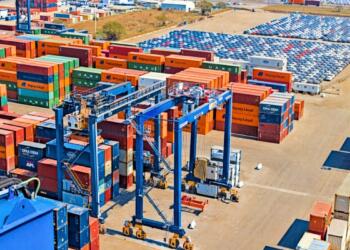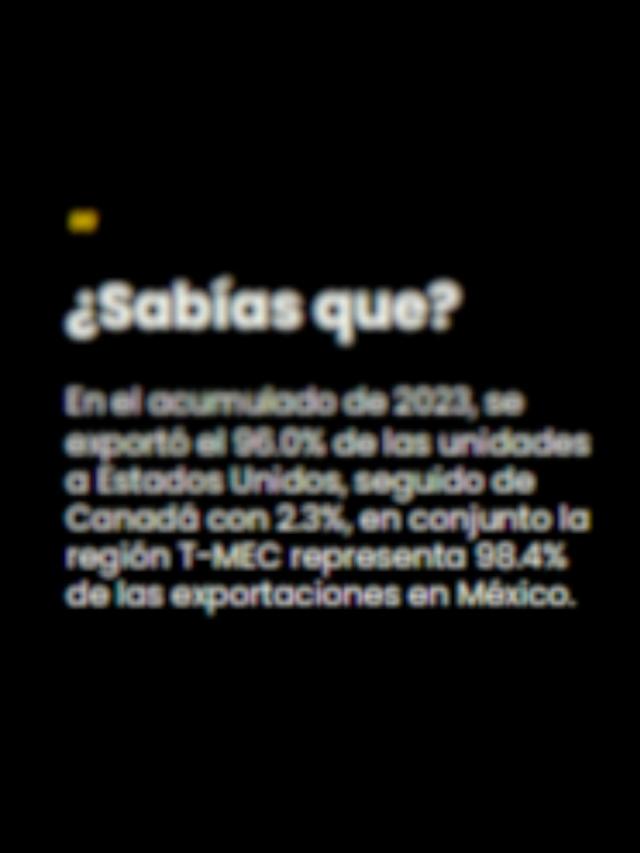
As part of a border security initiative, Union Pacific (UP) tested a new interchange process that allows Mexico-based crews to travel a short distance to the United States to deliver and receive trains at its Eagle Pass, Texas, yard.
“This new crew change location improves safety by reducing the amount of time trains are stopped on the single-track bridge,” said Rick Lichtas, the railroad’s assistant vice president of Network and Capital Planning.
Additionally, he noted that it also improves the fluidity of the exchange process , “which makes our service product more competitive.
The new exchange was requested by U.S. Customs and Border Protection (CBP) as part of the federal government’s Safe Corridor Initiative .
He said the new process would align Eagle Pass with other U.S. border crossings , where this is already common practice, including along the northern border with Canada and the southern border in Laredo, Texas.
Currently in Eagle Pass, crew changes take place on the single-track border rail bridge. Trains come to a complete stop so the crew can disembark and walk back to their side of the border. For security reasons, the train cannot continue until the crew clears the bridge and CBP confirms it is safe to proceed through x-ray scanners. This process can take 30 to 40 minutes , increasing the risk of blocked crossings, theft, and vandalism.
During the recent pilot test, a Ferromex crew operated a northbound train from the bridge to the nearest UP rail yard, located seven miles across the border. At this point, CBP officers met with the crew and reviewed their documentation. The crew then boarded a southbound train and returned to their nearest yard in Mexico.
This process was monitored and controlled at the Bilingual Command Center located at the Eagle Pass depot. The participating crews were trained by the railroad and certified under the Federal Railroad Administration rules for the territory in which they operate.
With the pilot successfully completed, Union Pacific is now working to finalize agreements with Ferromex and CBP . Union Pacific crews will continue to be responsible for taking control of trains from across the border, building outbound trains, and operating local service.
“Seamless border transfers improve the rail industry’s ability to compete and remove trucks from the road. Customers on both sides of the U.S.-Mexico border will benefit from enhanced security,” Lichtas said.
Comment and follow us on X:@GrupoT21















